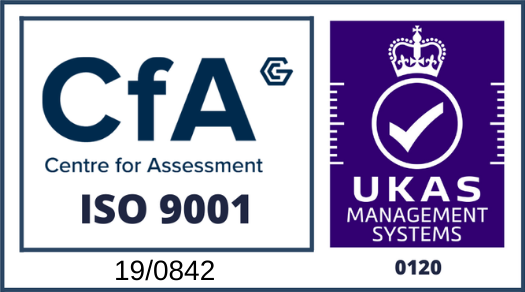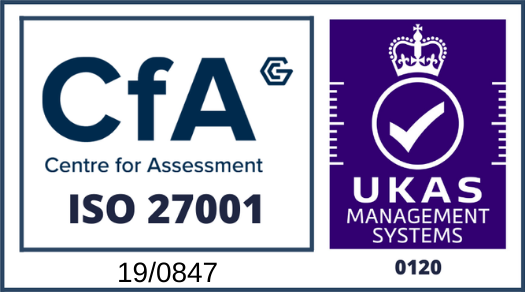For businesses to evolve, the tools at their disposal need to do likewise. Software systems are the backbone of many companies, allowing them to process, deliver and store data and information needed for their everyday activity. Yet after so long, businesses can run the risk of having out-dated software that isn’t achieving the right results.
This is where software development projects come into the equation. Implementing a new system can provide a business with an operational advancement – but the question is, how do they know what new features they’ll need in this new model?
But this isn’t a decision to make on your own. Here, we’ve looked at how adopting a collaborative and challenging approach can help accomplish your requirements.
Working with the right people
Get the right team in place to head up your software development. When your business is undertaking a software re-build, you need to have complete trust in those leading and advising on the project. As well as having a proven track record in delivering large-scale software developments projects, you need to collaborate with a team who will fully understand your business from top to toe and be open to engaging and interacting with your aims and objectives.
To truly maximise the development’s potential and get the right requirements for your project, you need a software development company who becomes a critical technology partner, who isn’t afraid to challenge and refine your ideas, and has confidence in its expertise and knowledge of software requirements to bolster the quality of the end result.
Having someone challenge your requirements is a major part of drafting, developing and building a successful software project. There may be misconceptions that a specific feature needs to perform in a certain way, however a software developer would opt for a different approach to create a more efficient, and potentially innovative, outcome.
Through listening to and consulting with a software developer, you can identify requirements you never knew existed, reprioritise your project and avoid requirements that are unnecessary or obsolete.
It’s not about being stubborn or awkward. It is about thinking beyond the happy path, collaborating in a challenging way to ensure the client gets the right requirements for its software project.
Combining your expertise
With collaboration, comes the challenge of combining various experts into one project. Working in a collaborative manner brings together two major inputs – that of the client and that of the software development consultants. Yet with this pairing, there must be a distinguished boundary between who is the expert in which field. The most successful and effective projects come about when there is a balance of responsibilities between the experts in each field.
The client is the domain expert, and this must not be forgotten. Being domain expert means they know their industry inside out and, most importantly, understand what their customer base wants. So, when it comes to building necessary features and looking at the overall practicality of a software, a client’s input is key.
As the technology expert, the software developers are responsible for bringing the wider picture together and creating the product. Innovation and expertise are their biggest traits, allowing them to design and develop the wants, needs and ideas of a client to support business-critical processes.
However, as the project progresses, both experts understanding of their counterpart’s knowledge will constantly evolve. This means the tech expert becomes more informed on the domain expert’s field and vice versa, creating ‘dual-experts’, so to speak. This idea of a collaborating and sharing expertise will only enhance the aim of getting the right requirements.
Collective consultation on capturing and evaluating
Alongside the ever-continuing feedback of an agile build method, creating a bespoke software package brings an impetus on capturing key data and evaluating outcomes throughout the entire project lifespan.
To get the right features for your software project, emphasis should be placed on defining a process for capturing and evaluating requirements, allowing you to add, remove or amend requirements between sprints. You can see how your development is functioning after a sprint, get a better idea of the features you’ve implemented and calculate how to evolve the software further.
When it comes to reviewing the captured data, this shouldn’t just be handled by one party – it needs to be transparent. The software developer, understandably, will lead on this and be able to digest and acknowledge the key trends from the reports, as it relates to their specialisms in the technological build. But to ensure a collective and collaborative consultation takes place, it must be broken down and shown in simpler terms for the client.
From a technical standpoint, the developer will be able to give the key findings and make any amends to fix bugs. But from a practical perspective, a client needs to evaluate how a feature is working, as it’s their customer base, or workforce, who will be using the software. A combined evaluation and total transparency will allow for all angles and aspects to be covered, and assist in getting the right requirements for software development.


